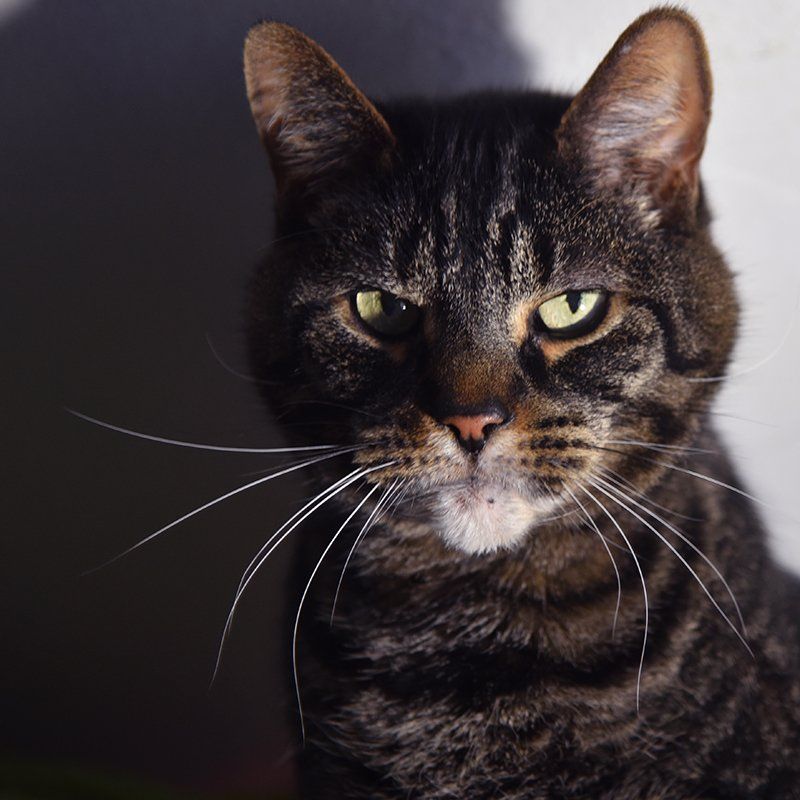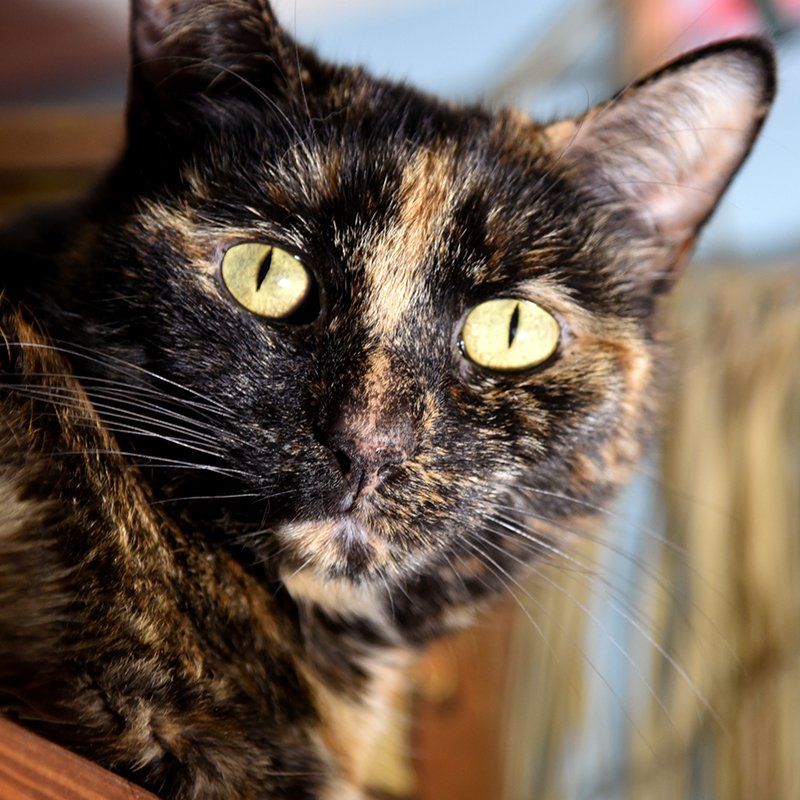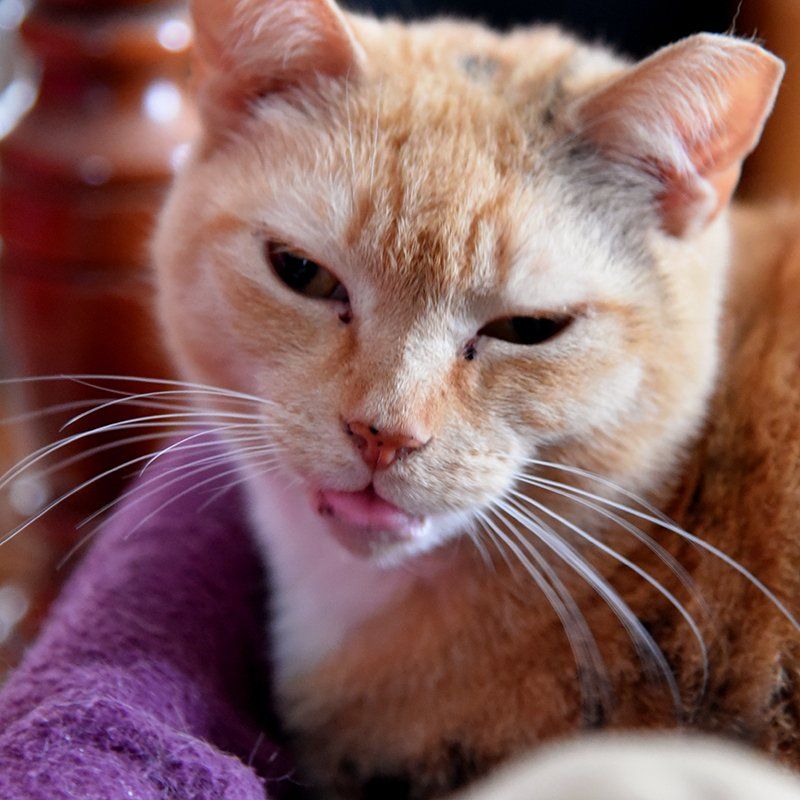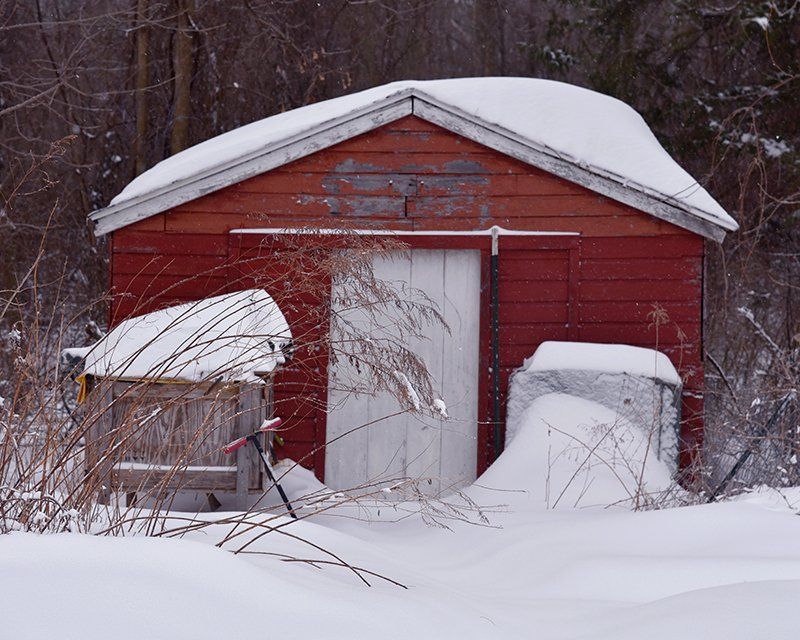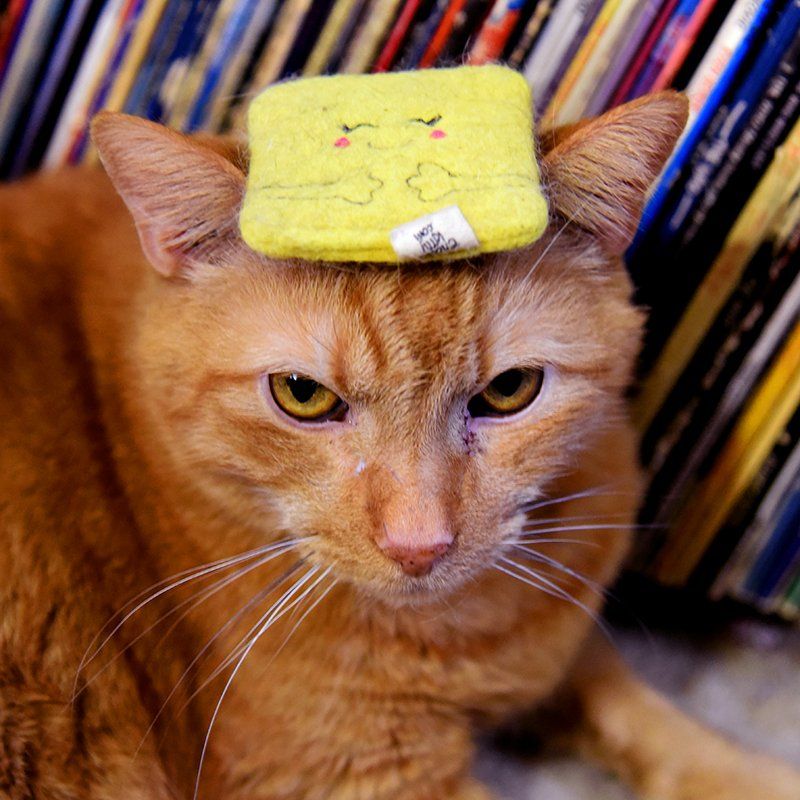Straw is for Strays
Taking care of stray and feral cats during the coldest time of the year.
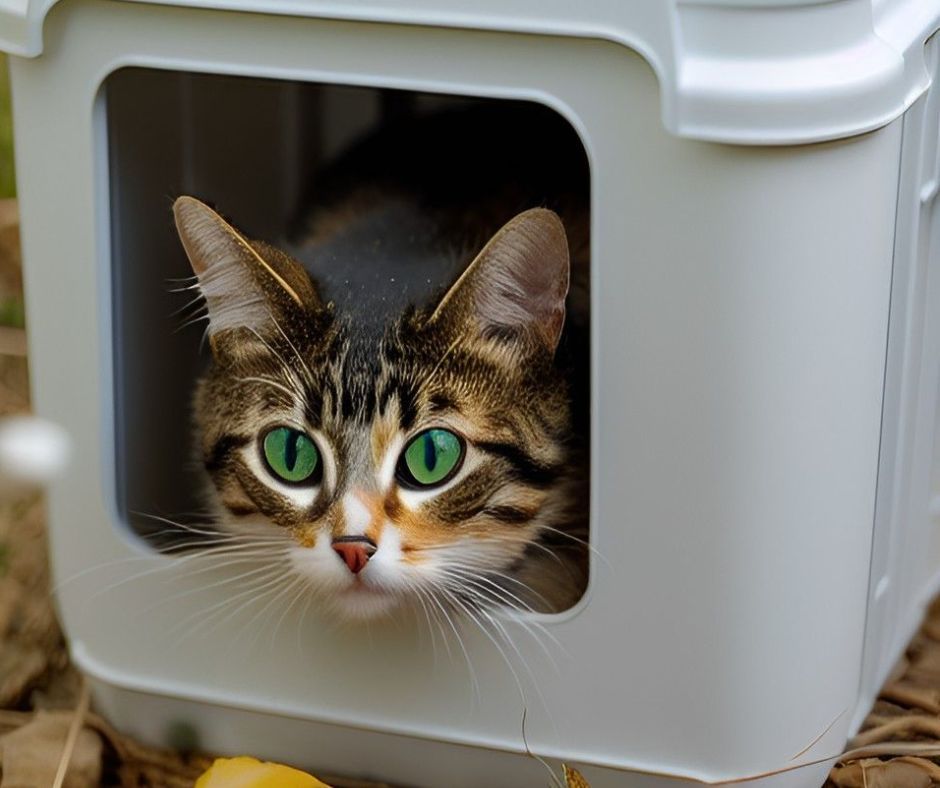
Did you know that if it's winter time and you've given your cats - well, the outdoor cats in your neighborhood - a nice comfy shelter to be in when it's super cold, and if you've lined that shelter with blankets, you might be doing more harm than good?
“Straw is for Strays.” What does this mean? That right there is a good thing to remember!
When you're building a little outdoor shelter for your cat or cats, or the community cats - strays and ferals - you just want to help. A great thing we can do is provide a place for cats to get out of the cold, especially when we have these deep freeze snaps where it stays below freezing for quite a while. What people default to is to have a nice box and to line it with blankets. This makes sense because if we're cold, we get under more blankets.
But here's the deal. Blankets are great. But if that blanket gets wet, it doesn’t work as well – or at all! Now if you have a down coat and that gets wet, it still keeps you warm. How does that work?
Air. That's it.
We talked last week about how important their fur is to keep them warm and insulated. Part of the reason why that works is because they have air in their fur. Air is a great insulator. It keeps the cold out, and also keeps the heat out during the summer. It's fantastic. Air does not really transmit heat very well.
Cats’ fur gets wet. When wet cats lay on blankets, the blankets get wet. Then they freeze.
Instead of being nice and warm and cozy, the blankets are going to freeze and the kitty is going to be laying directly on a block of ice.
Straw, on the other hand, looks like little hollow tubes. These tubes hold air. And when you lay on straw, the tubes are rigid enough that they doesn't get crushed into nothing. In fact, if you have enough straw in there, you can have a layer of water or even ice at the bottom of it, but on top, it's going to be dry. What that means for kitty is you've got this nice layer of air trapped between the super-cold and the cat. And the cat, meanwhile, is generating enough heat to be able to melt and dry any water in their fur.
If water drips off the cat, it runs back down through the straw, which means the cat isn’t not laying in water either. They stay dry and warm. Their fur can dry and the insulative properties of air really help keep them warm.
If you're building a shelter for a cat, you want to use straw as an insulator.
And no, you shouldn't put blankets on top of the straw because the same problem will happen. Even if there's straw between blankets, that blanket can still get wet and freeze. You got to just have straw inside the shelter. They can move it around and get comfy. You should replace the straw once in a while because it does eventually rot, but you probably won’t have to do that during the coldest part of the year.
You might be tempted to use hay. But it’s not as good as straw. My guess would be - and I'm not an expert on this - that hay is better than a blanket, but is no replacement for straw.
Straw can be expensive. I have my best luck going to farmer stores, farmer supply stores. Stuff as much straw as you can into the shelter. Don’t worry, the cat will crush it and move it around to make it perfect. Additionally, you can use straw to line dog houses and chicken coops as well.
So straw is for strays. That's what you want.
You can build your own shelter for cats (to line with straw) from a simple box, like those plastic storage bins that are filling up your garage. Or you can put a smaller container inside a larger container and stuff the space between with straw or another insulator. Or you could get a Styrofoam cooler and cut openings in that because that's generally waterproof. Take your box, cut a door on the side and line it with straw. Try to do it with just one opening, because if you have two openings, then you can get wind tunnel, which kind of defeats the purpose. You can use a flap to block wind from getting into the box if you wish, but it’s not totally necessary, especially if you put the opening on a side that is out of the wind.
But the part that's going to be in contact with the animals has got to be straw.
Watch a replay of Cat Chat with Penny: "Straw is for Strays"
TL; DR SUMMARY:
Here are some tips and tricks to consider when making an outdoor shelter:
Location: Choose a quiet and secluded spot, away from busy roads or other potential dangers. The shelter should also be in a place that is sheltered from the wind, rain, and snow.
Insulation: Use insulation materials such as straw or foam boards to provide warmth to the shelter. Insulate the floor, walls, and ceiling, but leave enough space for the cats to move around comfortably. If you want to provide an additional layer of warmth, you can use a mylar blanket, which is a reflective, lightweight material that can help retain body heat. However, be sure to use it in combination with insulating materials, rather than on its own.
Size: The shelter should be large enough to accommodate the cats and allow them to move around easily. A good size for a shelter is at least 2 feet wide by 3 feet long by 18 inches high.
Entrance: The entrance should be small enough to keep out predators but large enough for the cats to enter comfortably. The entrance should be placed in a way that protects against the wind and rain.
Bedding: Use bedding such as straw to provide a comfortable sleeping area for the cats.Blankets are generally not recommended for outdoor cat shelters. While blankets may provide warmth, they can also hold onto moisture and can become damp and cold, which is counterproductive for keeping cats warm. Instead, it's best to use insulating materials that provide warmth without retaining moisture, such as straw or foam boards. These materials can trap body heat and create a warm, dry environment for the cats.
Water and Food: Place fresh water and food in the shelter, away from the sleeping area, to prevent spillage and keep the cats well-fed and hydrated.
Safety: Make sure the shelter is sturdy and secure, with no sharp edges or potential hazards that could harm the cats.
Regular maintenance: Inspect the shelter regularly for any signs of damage or wear and tear. Clean the shelter and replace bedding materials as needed.
If possible, provide a second shelter: Provide a second shelter in case one becomes unusable or is occupied by another animal.




